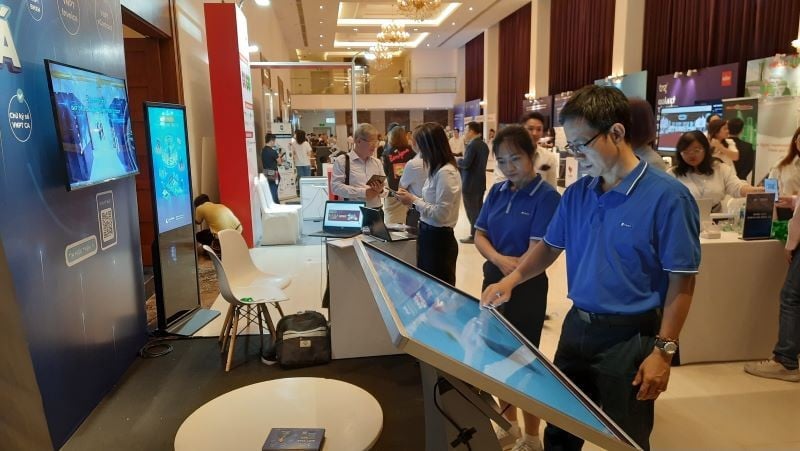
According to experts, after the merger, Ho Chi Minh City will become a megacity with an area of over 6,770 km2 and a population of over 14 million people. This is a new development model, requiring modern digital management capacity, along with a growth model based on productivity and high technology.
Mr. Lam Dinh Thang, Director of the Department of Science and Technology of Ho Chi Minh City, said: After the merger, Ho Chi Minh City entered a new development phase with a growth model based on high labor productivity and high technology, no longer based on labor-intensive industries as before. In which, the digital economy is a new growth driver. Ho Chi Minh City's economy will have the vision of "one space, three closely linked development regions".
Specifically, Ho Chi Minh City (old) plays the role of a core urban area, an international financial center, trade, science and technology, and innovation. Binh Duong area (old) is an industrial center attracting foreign investment. Ba Ria-Vung Tau area (old) is a marine economic zone, logistics, clean energy, heavy industry associated with seaports and sea tourism.
Experts say that the core strength of Ho Chi Minh City (old) is the service economy, especially in the field of information technology (ICT) and digital platforms. The new city will inherit and promote this strength, becoming the innovation center of the country.
This will be the place where Internet-based economic activities, from software development, digital applications to e-commerce, will be concentrated. The data economy, algorithm economy and sharing economy will be prioritized for development, creating a dynamic startup ecosystem, attracting talent and investment from all over the world.
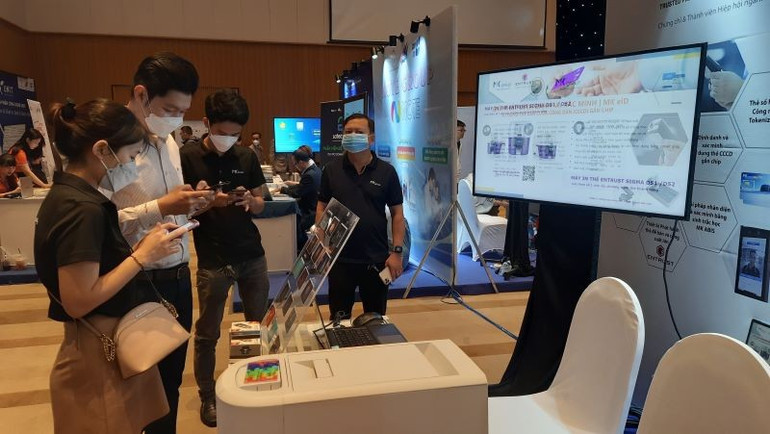
While Binh Duong province (old) brings outstanding strengths in manufacturing industry. The merger helps Ho Chi Minh City (new) have ideal conditions to promote smart manufacturing and digital transformation in processing and manufacturing industrial enterprises.
Smart factory models will be replicated, applying technologies such as IoT, AI and Big Data to automate and optimize production processes. This will not only help improve productivity but also create a digital supply chain, closely connected from production to consumption.
Meanwhile, Ba Ria-Vung Tau (old) contributes its strengths in the maritime economy, especially seaports and tourism. The goal of Ho Chi Minh City (new) is to strongly digitize these two areas. The logistics system will be optimized with digital platforms, helping to manage smart supply chains, minimizing costs and transportation time.
In addition, the tourism industry will be comprehensively digitalized, from booking tickets and booking rooms online to providing virtual reality experiences and creating digital tours. This will not only improve efficiency but also create unique tourism products that attract tourists.
After the merger, Ho Chi Minh City will create a megacity, becoming the largest economic center in Vietnam with outstanding population and GRDP. This scale will attract investment and high-quality human resources at the international level, creating a large domestic market and strong global competitiveness.
Ho Chi Minh City is also one of the leading localities in the country in digital infrastructure, with strengths in digital institutions and basic digital infrastructure; possessing a large IT human resource and a dynamic startup ecosystem.
In addition, this locality has specific policies according to Resolution 98/2023/QH15 of the National Assembly on piloting a number of specific mechanisms and policies for the development of Ho Chi Minh City such as attracting talent, supporting startups, sandbox policies, and tax exemptions.
These policies can be expanded and effectively applied to the (new) Ho Chi Minh City, creating a favorable and breakthrough environment for innovation and digital economic development.
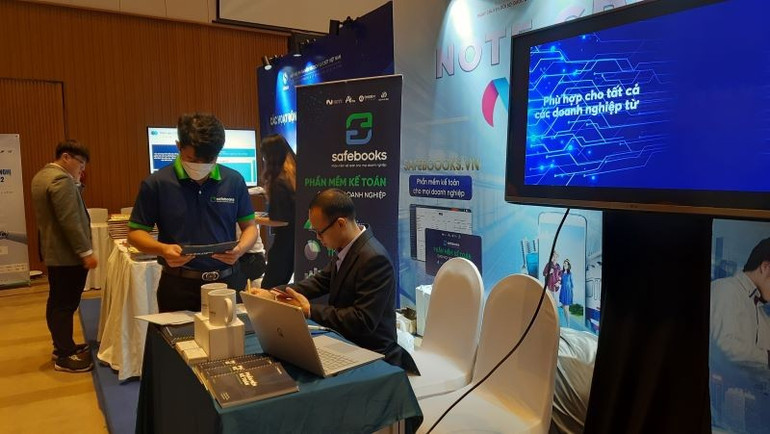
However, this locality is also facing challenges such as: Lack of policy and institutional harmony; lack of high-quality human resources; lack of synchronization in digital infrastructure... to promote the digital economy.
According to Mr. Nguyen Huu Yen, Deputy Director of the Department of Science and Technology of Ho Chi Minh City, this unit proposed five pillars to promote the digital economy of Ho Chi Minh City (new), including: Need to perfect institutions to support the promotion of digital economic and social development; develop digital infrastructure; improve the quality of digital human resources; build an innovation ecosystem; and cooperate and link.
For the pillar of building an innovation ecosystem, it is necessary to build an international-scale ecosystem, promote entrepreneurship and technological breakthroughs. Build and develop specialized Science, Technology and Innovation Parks.
This will be a convergence of research institutes, universities, the business community and venture capital funds, creating a strong high-tech startup ecosystem.
To promote the digital economy, the city must prioritize financial resources to develop human resources. Implement specialized training programs such as in-depth training on AI, Big Data, Blockchain, semiconductors, cybersecurity and other emerging technologies. Apply policies to attract and retain special talents...
Source: https://nhandan.vn/kinh-te-so-dong-luc-tang-truong-moi-post918936.html


![[Photo] Prime Minister Pham Minh Chinh chaired a meeting to discuss solutions to overcome the consequences of floods in the central provinces.](https://vphoto.vietnam.vn/thumb/1200x675/vietnam/resource/IMAGE/2025/10/29/1761716305524_dsc-7735-jpg.webp)

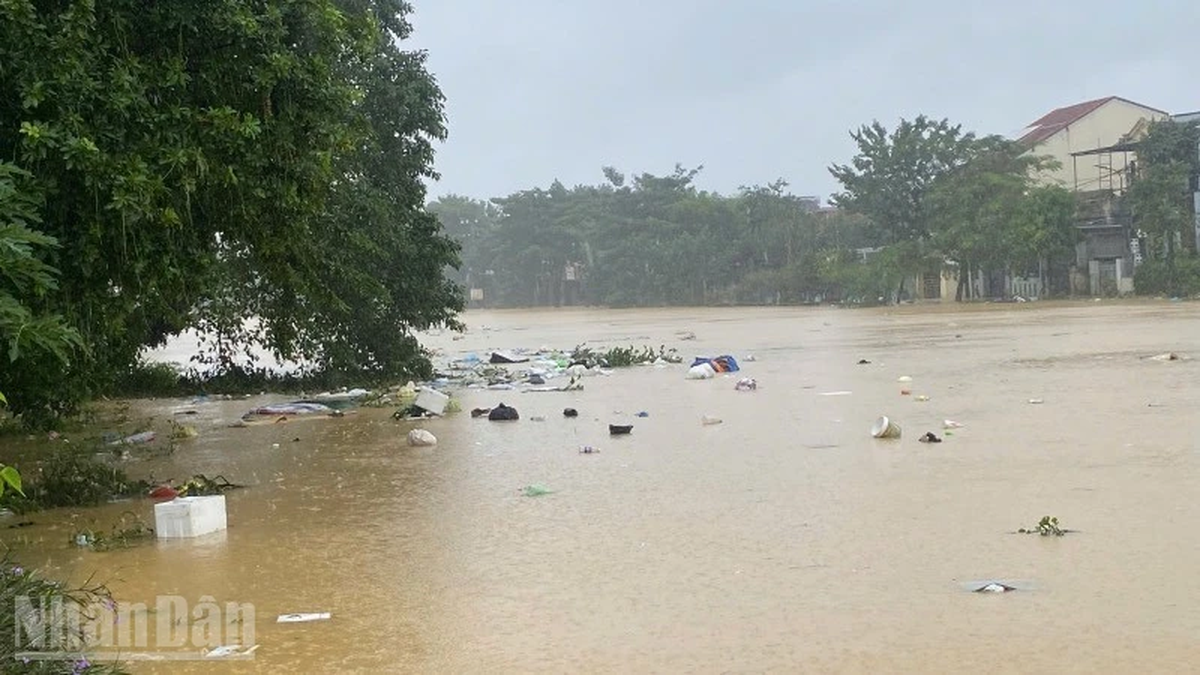
![[Photo] Hue: Inside the kitchen that donates thousands of meals a day to people in flooded areas](https://vphoto.vietnam.vn/thumb/1200x675/vietnam/resource/IMAGE/2025/10/29/1761738508516_bepcomhue-jpg.webp)
![[Photo] Prime Minister Pham Minh Chinh chaired a meeting to evaluate the operation of the two-level local government model.](https://vphoto.vietnam.vn/thumb/1200x675/vietnam/resource/IMAGE/2025/10/29/1761751710674_dsc-7999-jpg.webp)

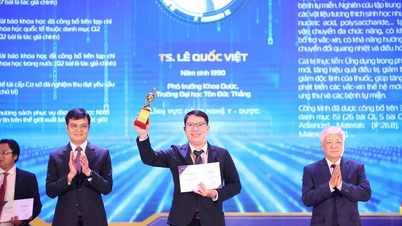



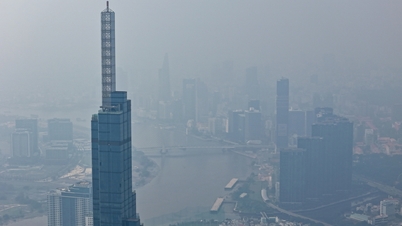








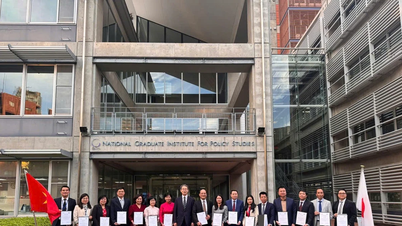
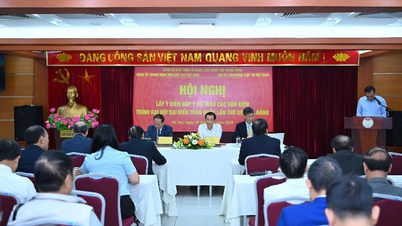
![[Photo] Prime Minister Pham Minh Chinh chaired a meeting to evaluate the operation of the two-level local government model.](https://vphoto.vietnam.vn/thumb/402x226/vietnam/resource/IMAGE/2025/10/29/1761751710674_dsc-7999-jpg.webp)

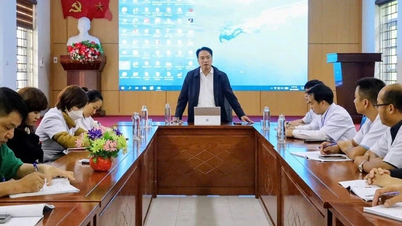




































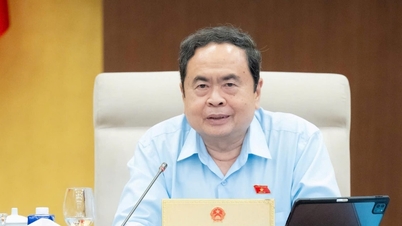

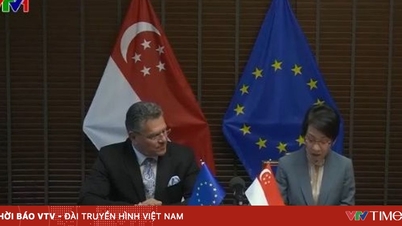
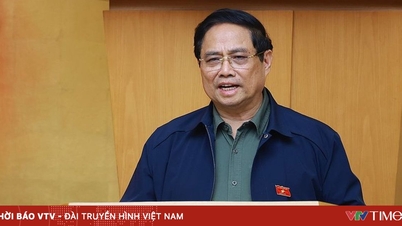
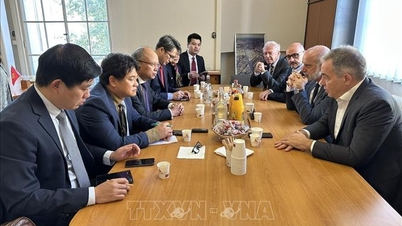


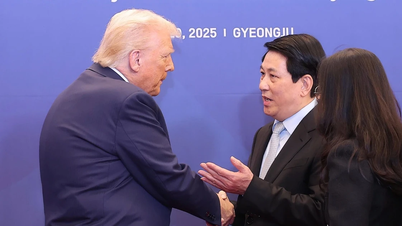


![[Live] Concert Ha Long 2025: "Heritage Spirit - Brightening the Future"](https://vphoto.vietnam.vn/thumb/402x226/vietnam/resource/IMAGE/2025/10/29/1761743605124_g-anh-sang-am-thanh-hoanh-trang-cua-chuong-trinh-mang-den-trai-nghiem-dang-nho-cho-du-khach-22450328-17617424836781829598445-93-0-733-1024-crop-1761742492749383512980.jpeg)
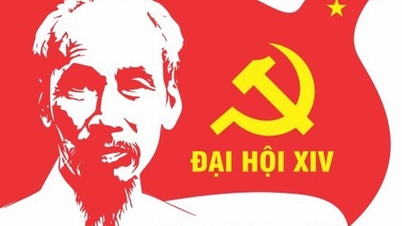
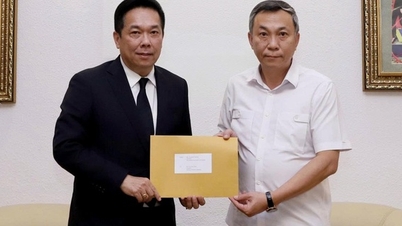







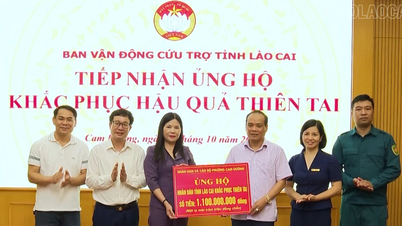

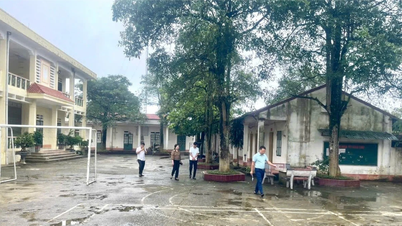

















Comment (0)